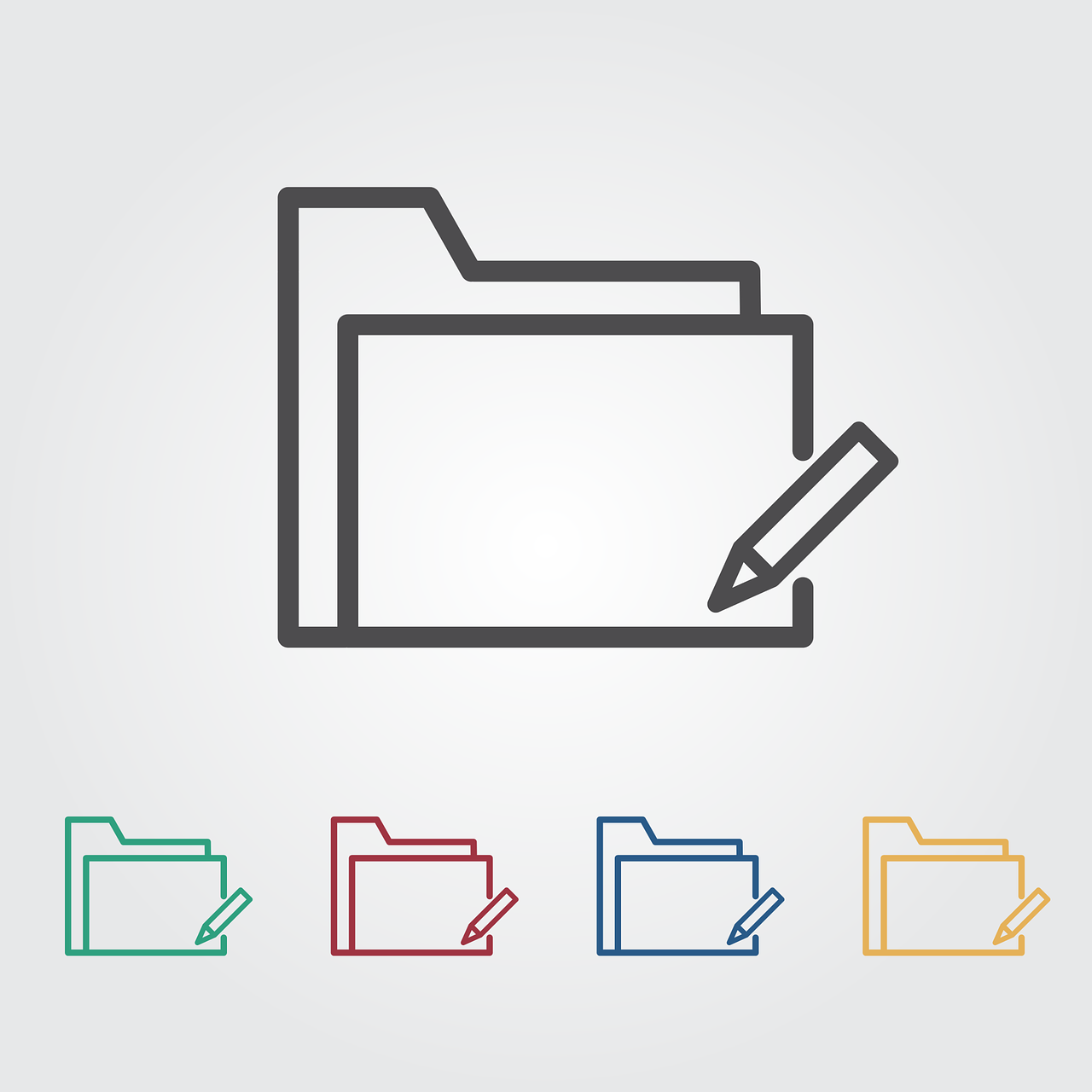The Active Directory is a database, stored on the server’s hard disk, holds all directory information related to users, computers, groups, objects, and objects that users can access.
Since all of this data is stored in one convenient place, accessing it is easily achieved, meaning there is less duplication of information scattered throughout the database and a reduced need for management of the directory.
That said, there are several terms associated with the Active Directory Services that anyone interested in the IT industry should know and understand, perhaps before getting certified in their specific field.

That’s why today we will briefly look at some of the most common terms related to Active Directory Services so that once you decide to pursue a career in information technology, you will already have a solid foundation of the basics.
1. Domain
When paired with the Active Directory, the term “domain” refers to an organizational structure within the database.
A Windows domain is a group of computers sharing a common database, making tasks like file sharing easy to do. All Windows domains have a corresponding DNS associated with it.
2. DNS
The DNS, or domain name system, is what translates internet domain and host names into IP addresses. When a user types a website URL (or domain name) into their browser, the DNS converts that name to the IP address of the website host storing all of the site’s data.
3. Tree
A Windows tree is a group of one or more Windows domains with adjoining DNS domains. Each domain must trust one another for the tree to function.
Trees share things like global catalog servers and a common schema, and require at least one domain to work. In addition, they are used to group Windows domains for sharing files, policy, and resources.
4. Forest
A Windows forest is a group of one or more Windows trees. They do not require adjoining DNS names, though they do share a schema and global catalog server and must be trusted.
5. Schema
The schema is what defines the attributes, objects, classes, and rules within the Active Directory. Shared forest-wide throughout the Active Directory, the schema is replicated between all domains so that changes occur everywhere.
Only special administrators with proper permissions can make scheme changes since they affect the entire system and can cause major issues if done improperly. That said, modifications made to the scheme are rare.
6. Global Catalog Server
The global catalog server processes directory searches for the entire Windows forest. It has searchable attributes for all objects within it, no matter the parent domain, and includes things like entries for accounts and machines, along with subset attributes for each object.
In the end, the Active Directory is made up of many working parts that collaborate to make the entire system function properly and securely.
In order to fully understand the nature of Active Directory Services, you must be able to work within a Windows Server infrastructure, understand security protocols, have experience with a variety of Windows operating systems (such as Windows Vista, Windows 7, or Windows 8), and of course know the terminology that associates with Active Directories.
Luckily, all of this is easily learned by taking a high quality Active Directory Service training course.

